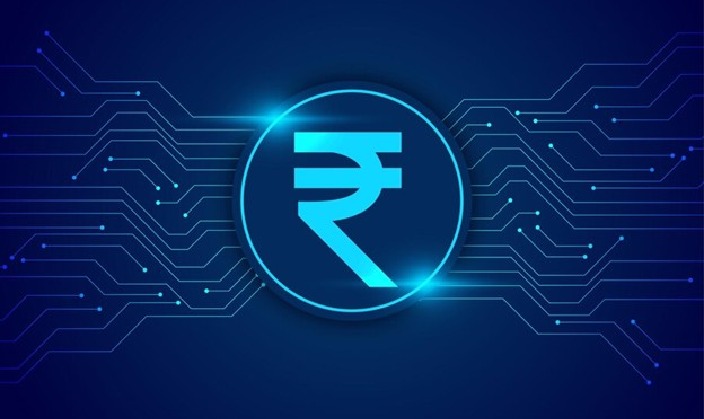Now Reading: Rise of Digital Rupee and Central Bank Digital Currencies in India
-
01
Rise of Digital Rupee and Central Bank Digital Currencies in India
Rise of Digital Rupee and Central Bank Digital Currencies in India

India’s financial system is undergoing a shift with the launch of the Digital Rupee, the Reserve Bank of India’s version of a central bank digital currency. While cryptocurrencies remain debated, CBDCs are being introduced as a government-backed alternative. For citizens, especially in Tier 2 cities, this could reshape the way payments, banking, and day-to-day transactions work. The move brings both promise and challenges in equal measure.
What is the Digital Rupee
The Digital Rupee is essentially an electronic version of the Indian currency issued directly by the Reserve Bank of India. Unlike cryptocurrencies such as Bitcoin, it is fully regulated, stable, and carries the same value as physical cash. People will be able to use it through mobile apps or digital wallets for everyday payments, making transactions quicker and more transparent.
Why India is pushing for CBDCs
The government and RBI see CBDCs as a way to modernize payments, reduce the cost of printing cash, and bring more people into the formal financial system. Digital money is harder to counterfeit, easier to track, and faster to move. For Tier 2 cities where banking infrastructure may be less developed, the Digital Rupee could allow smoother payments without relying on physical cash or cards.
How it could change daily life
For shopkeepers, small businesses, and regular citizens, the Digital Rupee can make transactions more efficient. A grocer in Nagpur could accept digital rupees through a mobile wallet without worrying about card machine charges. For migrant workers, sending money home might become quicker and cheaper. Schools, hospitals, and utility providers could adopt it for direct, transparent payments.
Concerns and challenges
While the concept looks promising, some concerns remain. Many fear that too much tracking of payments may reduce privacy. People are also unsure about how secure these systems will be against hacking or technical glitches. In smaller towns, internet access and digital literacy remain hurdles. Without proper education and trust-building, people may hesitate to adopt the Digital Rupee on a large scale.
Impact on banking and businesses
Banks may need to adapt as digital rupee transactions could bypass traditional payment systems. Some fear it might reduce deposits in banks, while others believe it will strengthen the formal economy by reducing cash dependency. For businesses, the shift could lower transaction costs and increase transparency, but they will also need to invest in infrastructure to accept CBDCs.
Conclusion
The rise of the Digital Rupee marks an important moment in India’s financial journey. It promises easier payments, lower costs, and better inclusion, particularly in Tier 2 cities where digital tools are becoming more common. At the same time, challenges like awareness, privacy, and access must be addressed. What this really means is that the Digital Rupee is not just about technology, but about building trust and preparing citizens for a new way of using money.

























